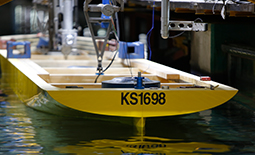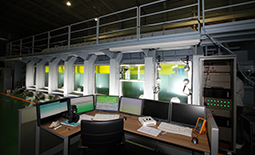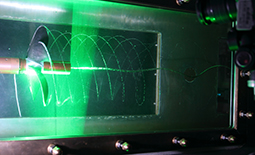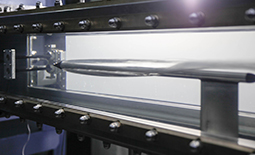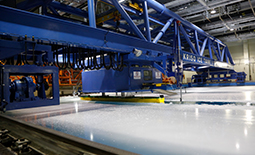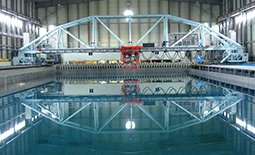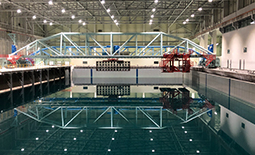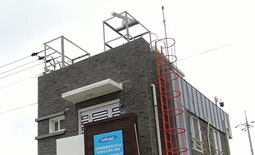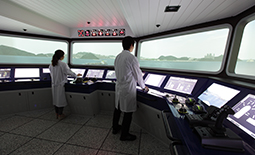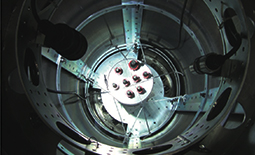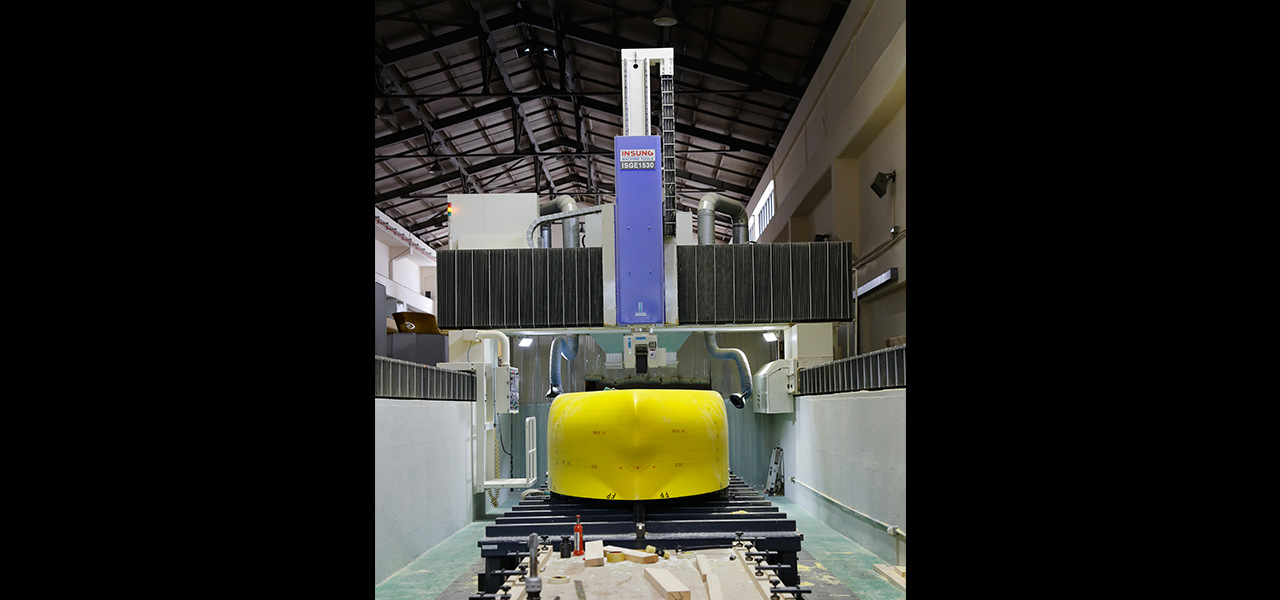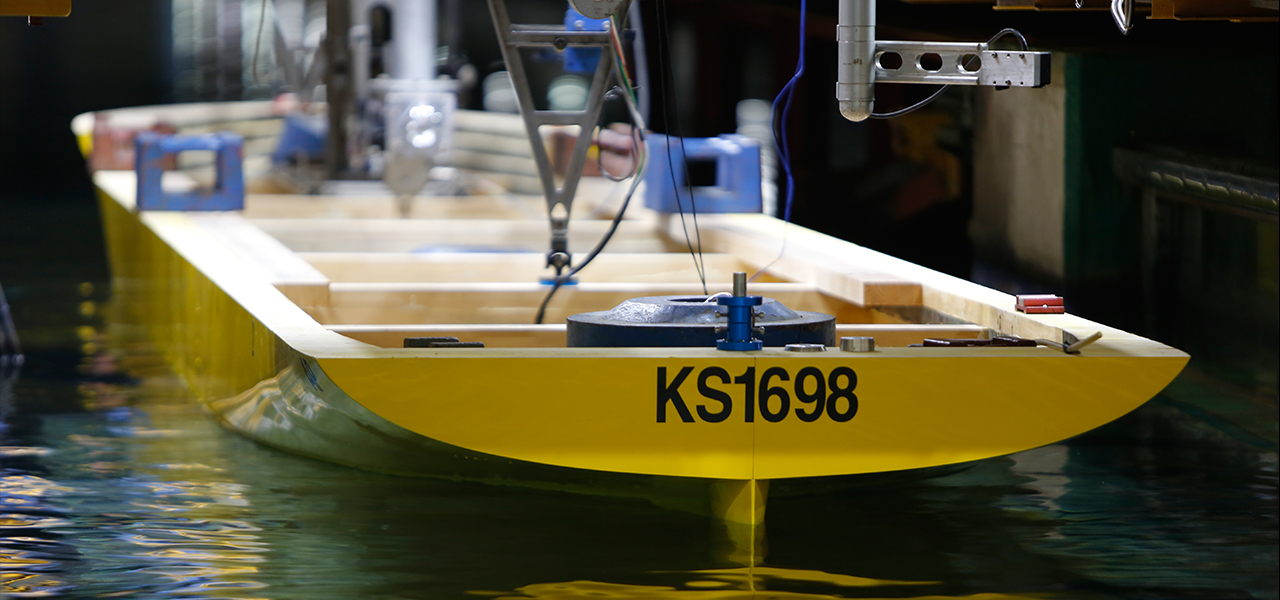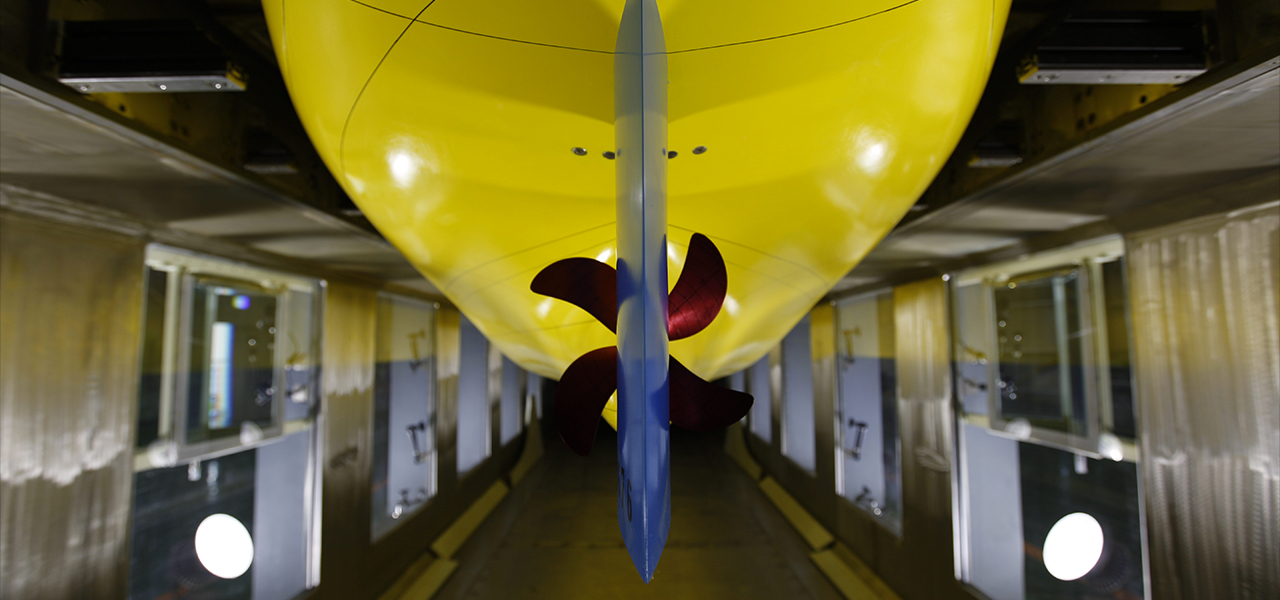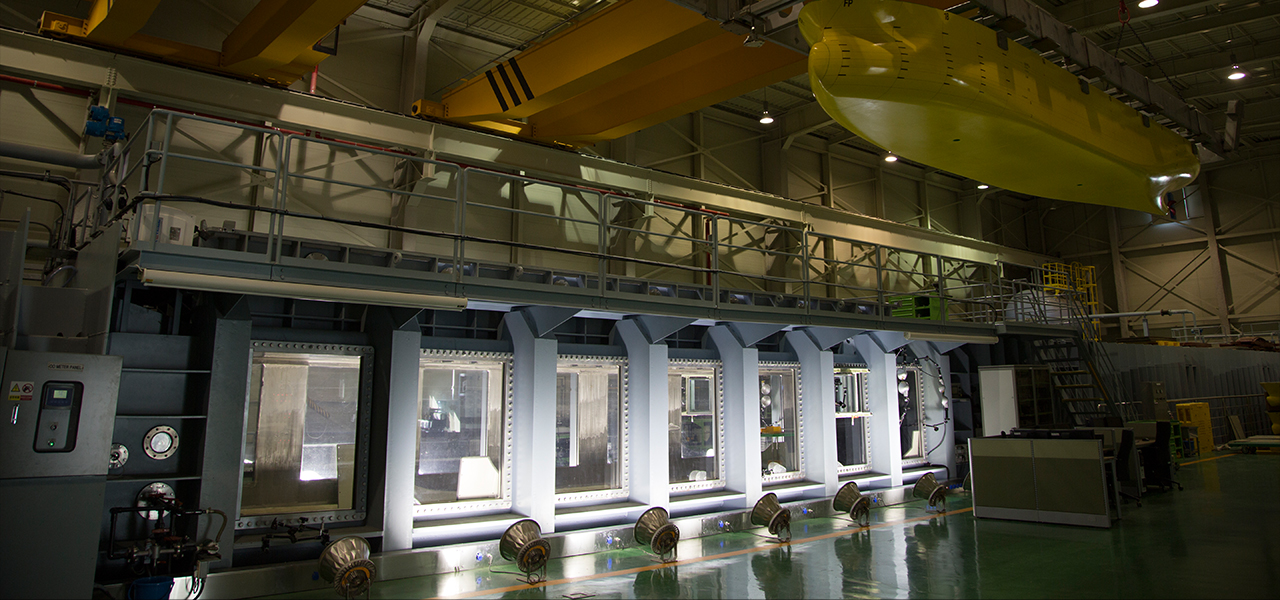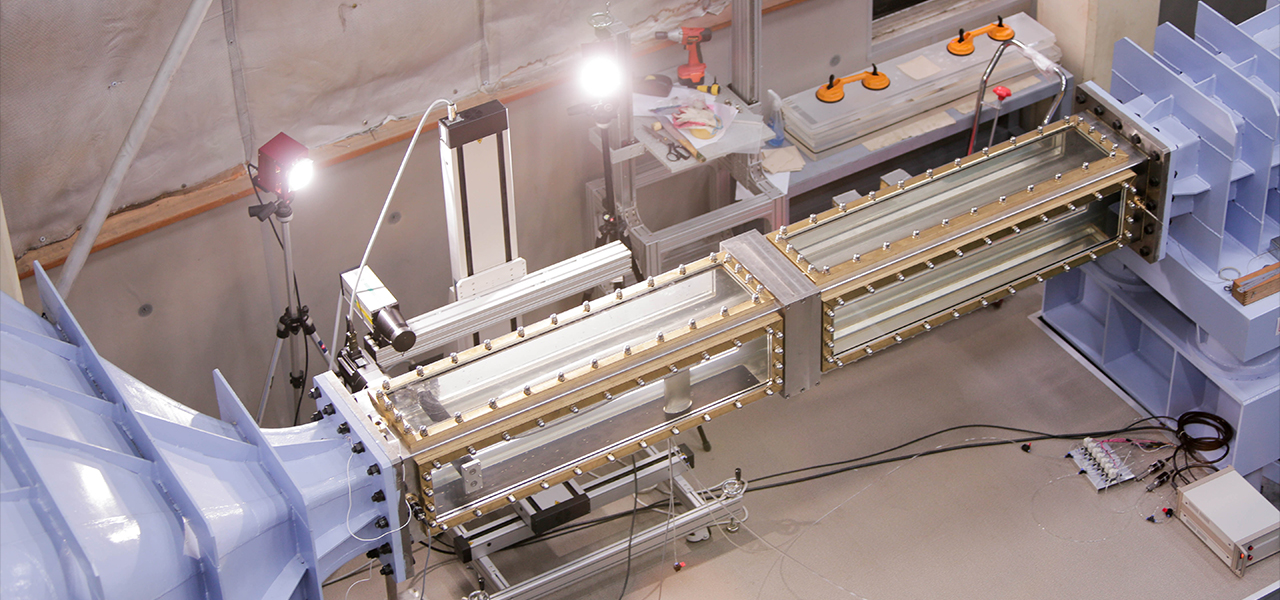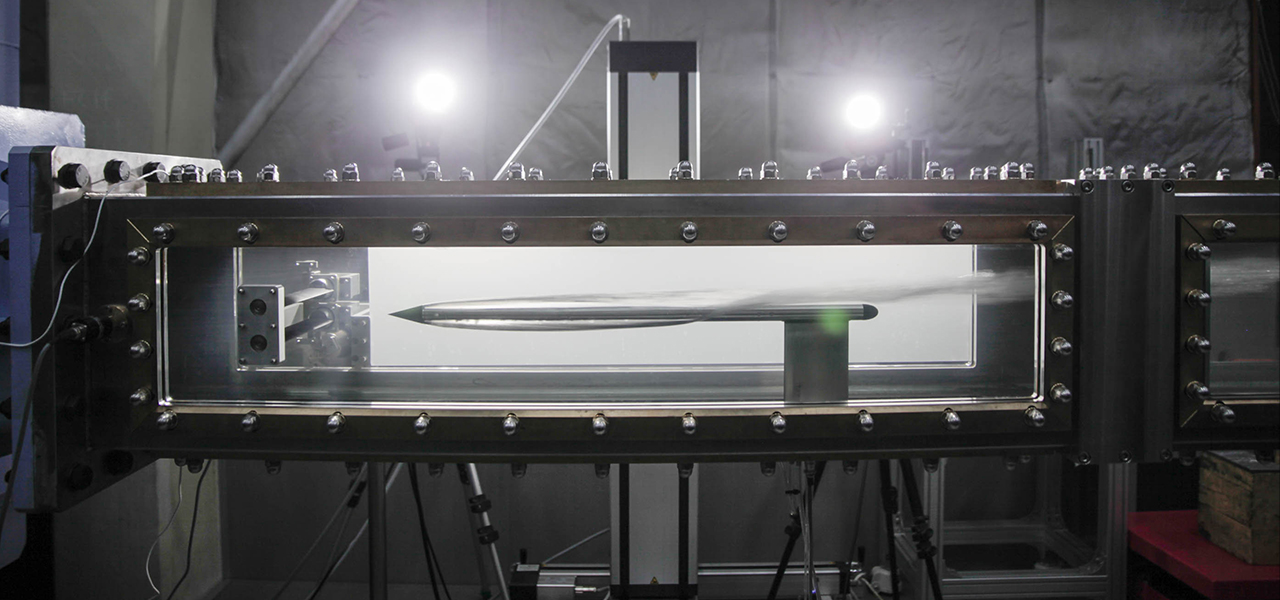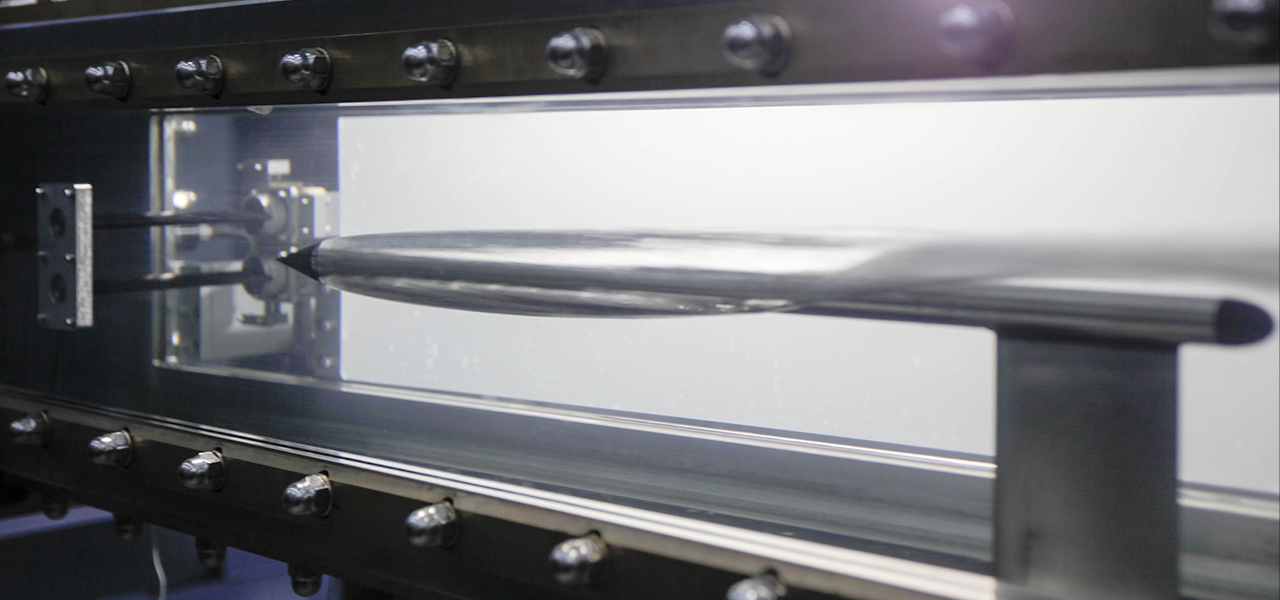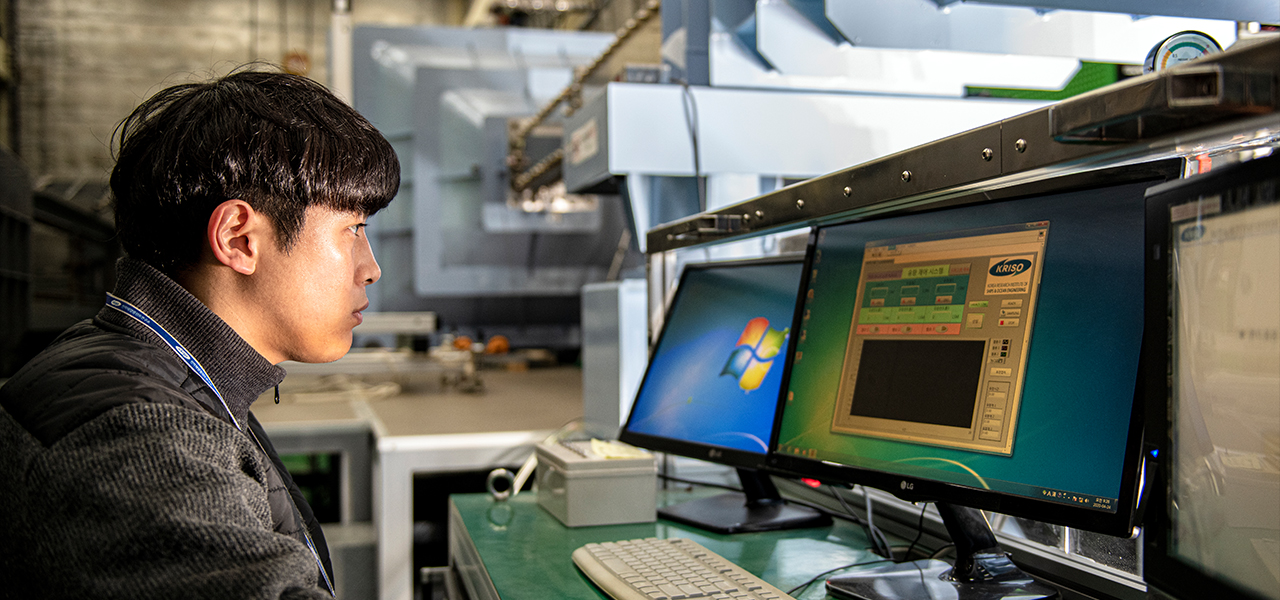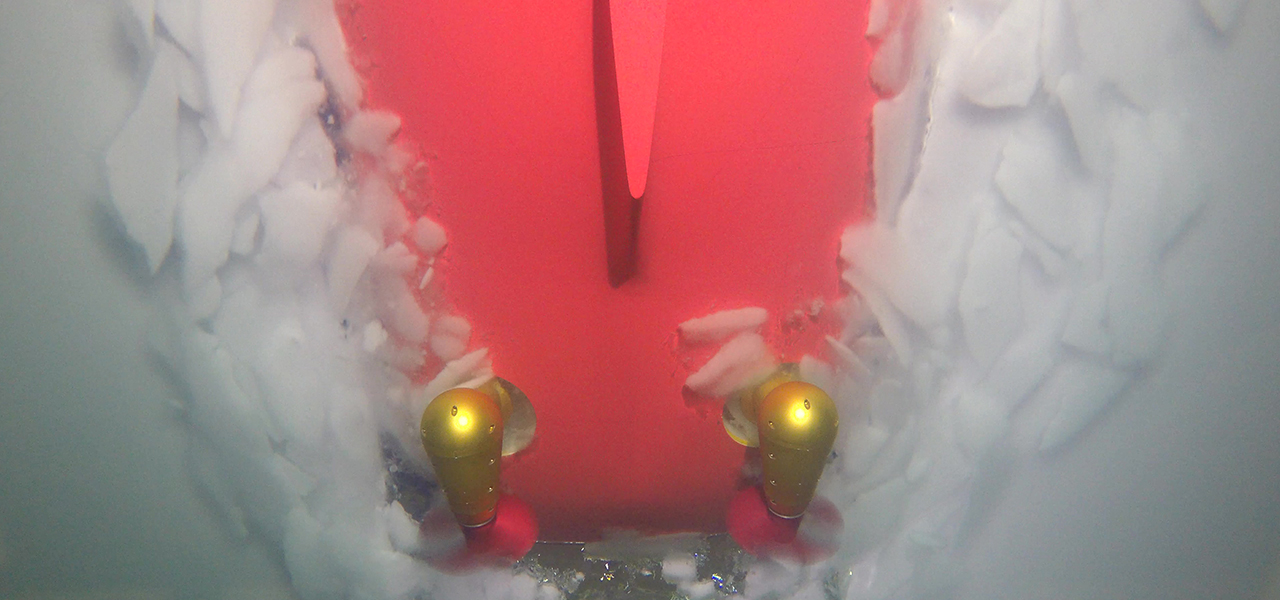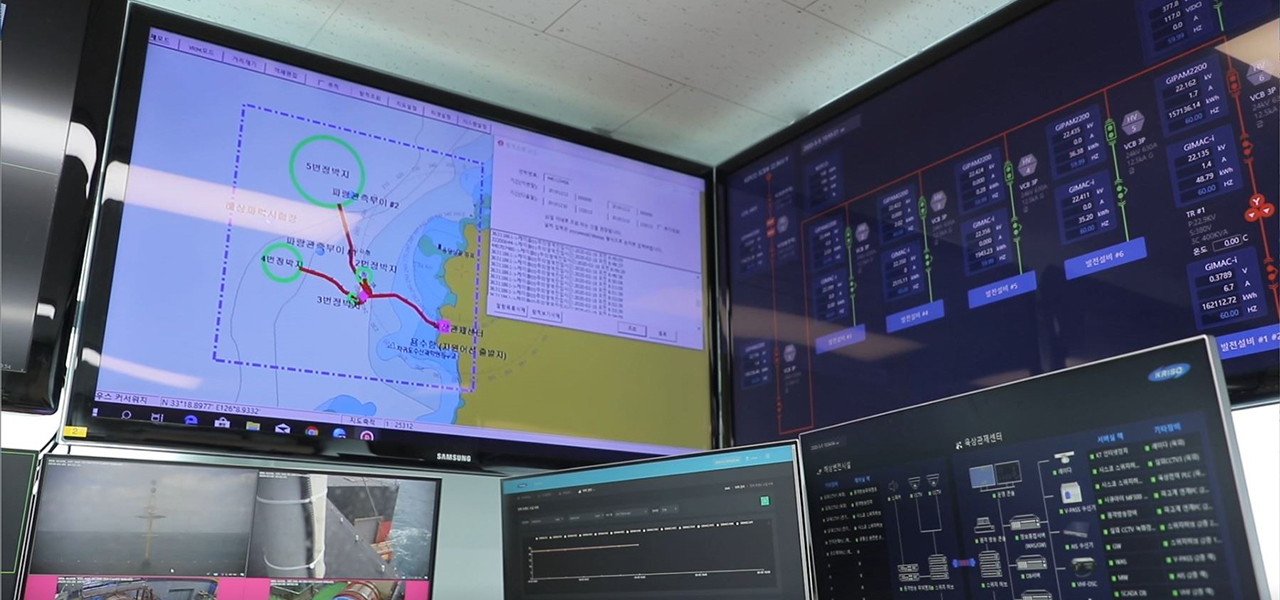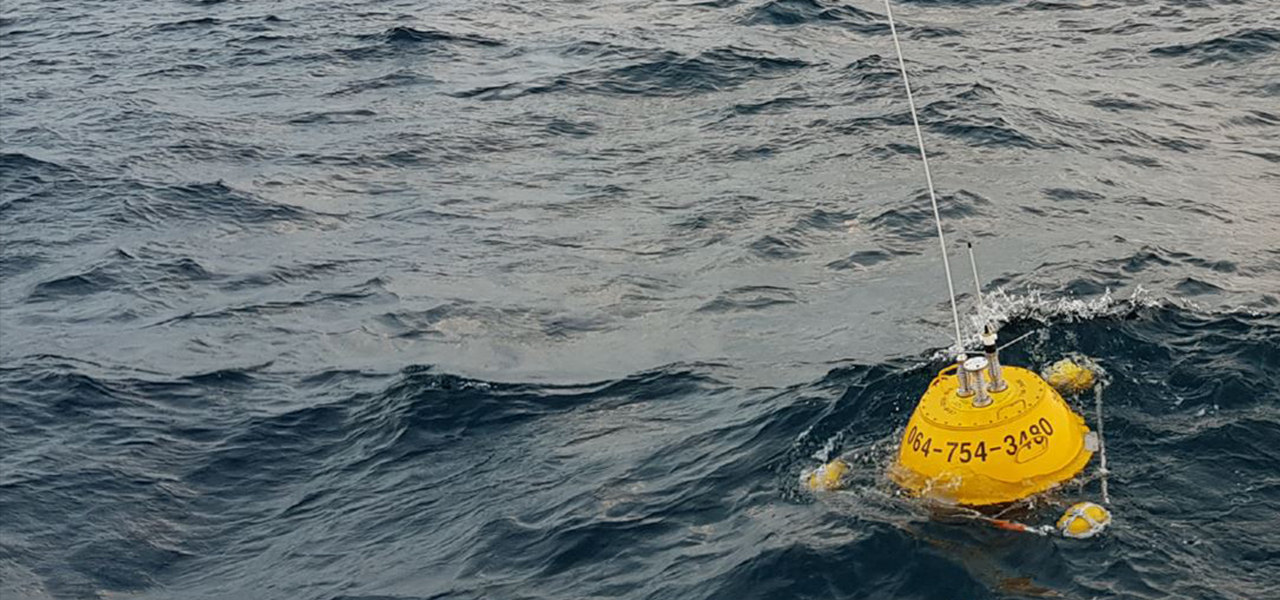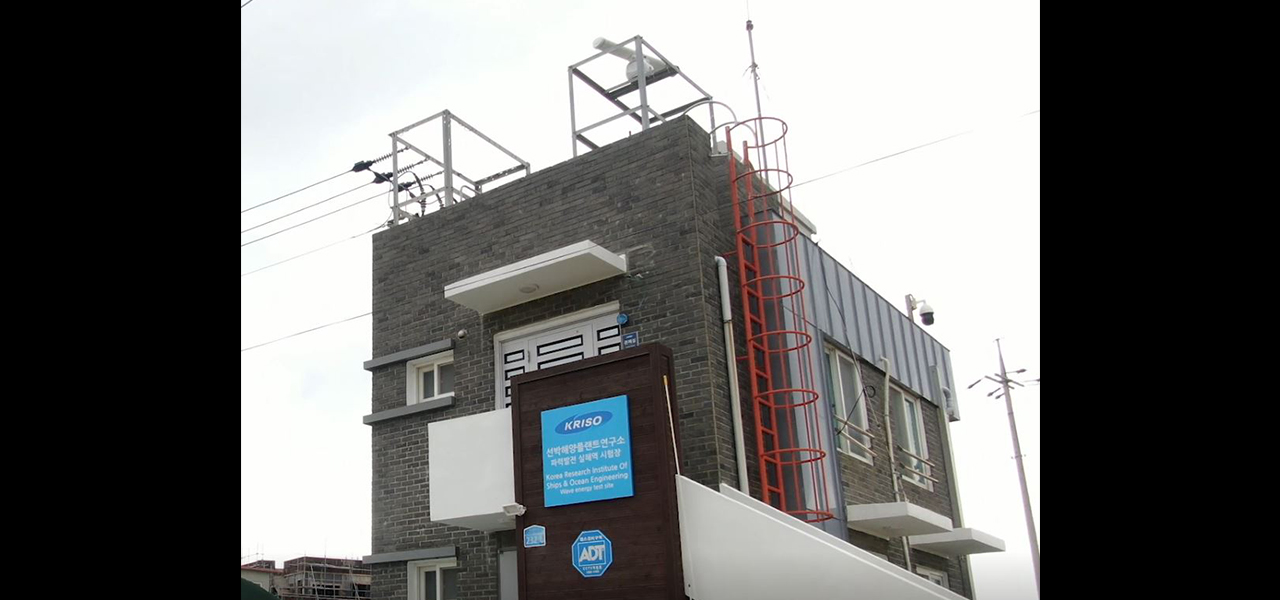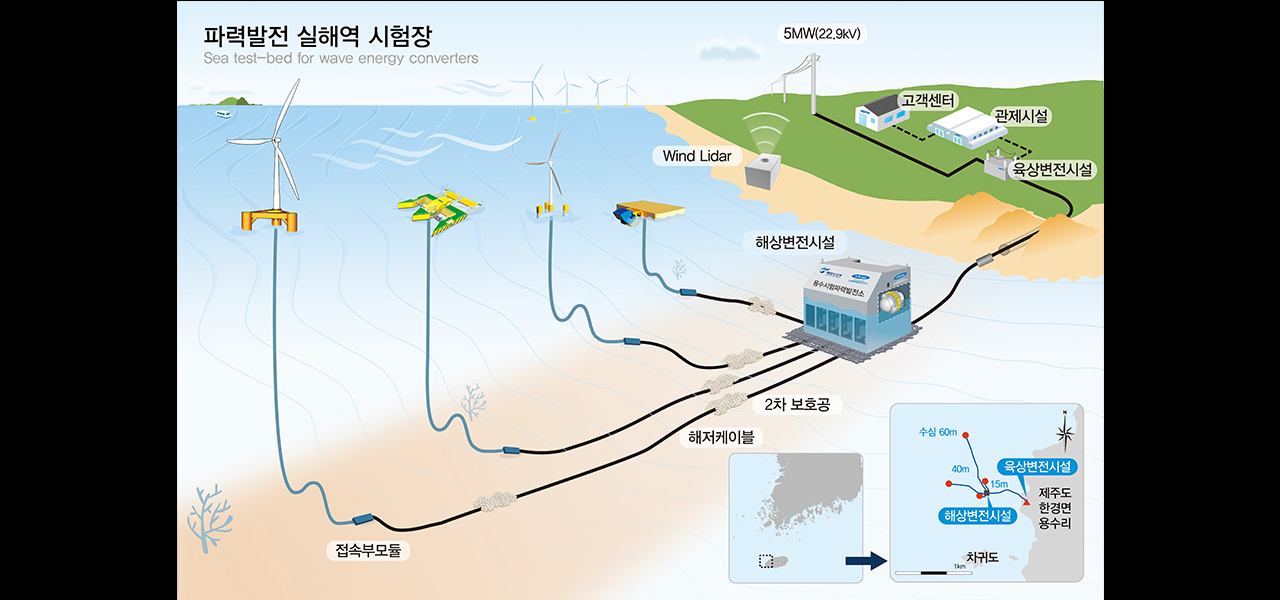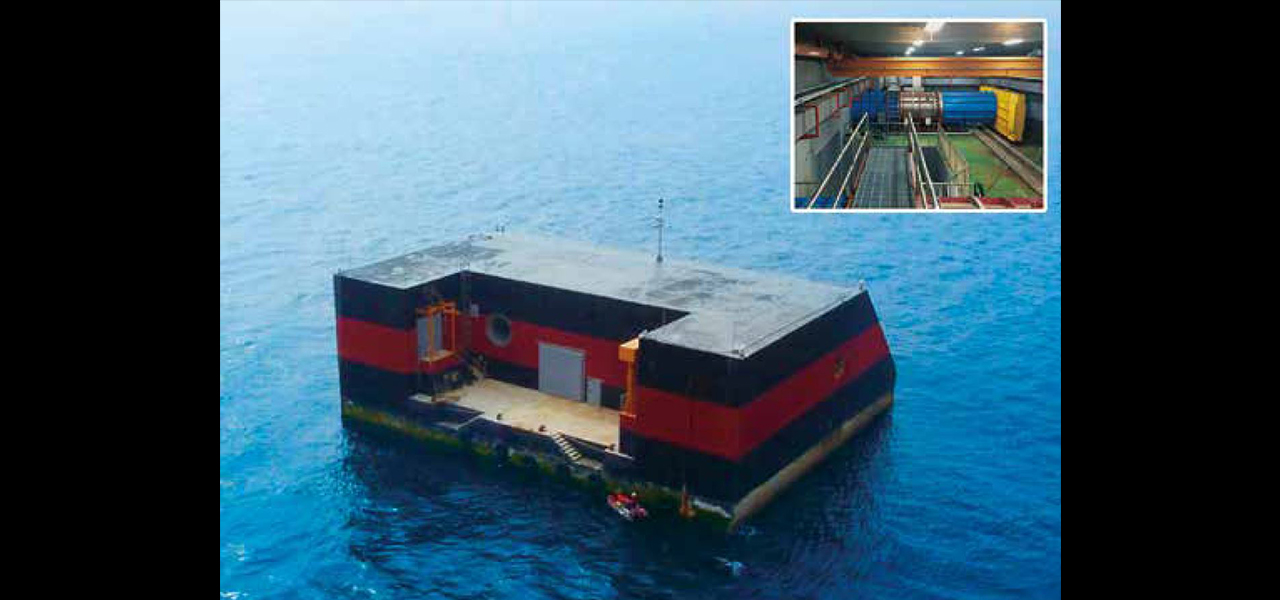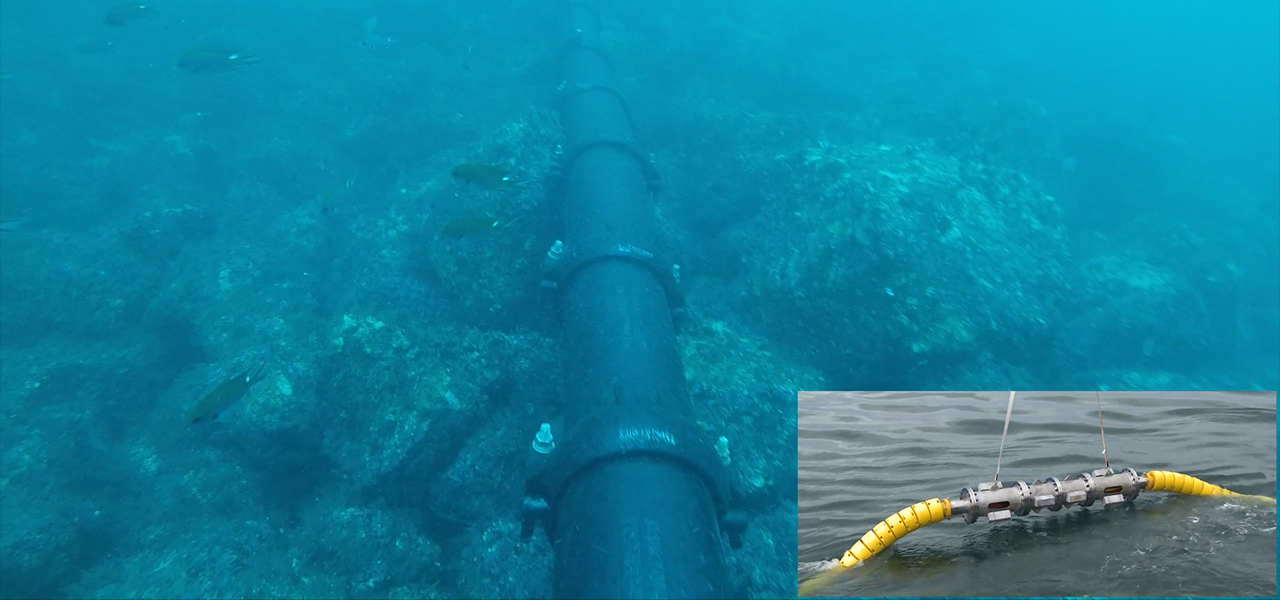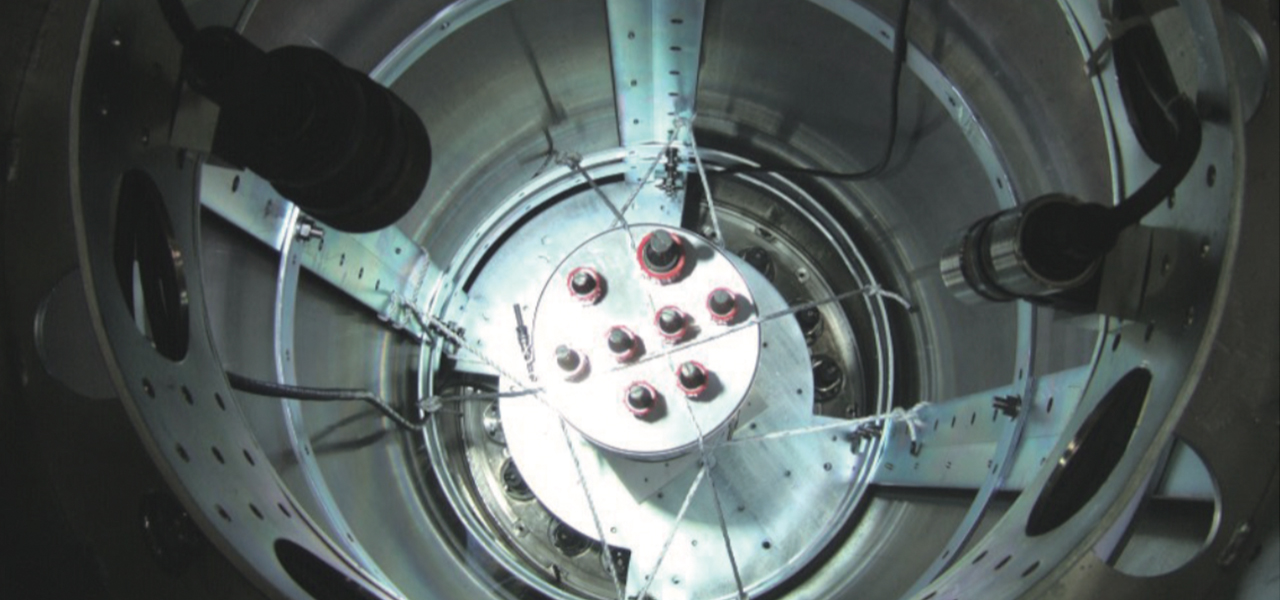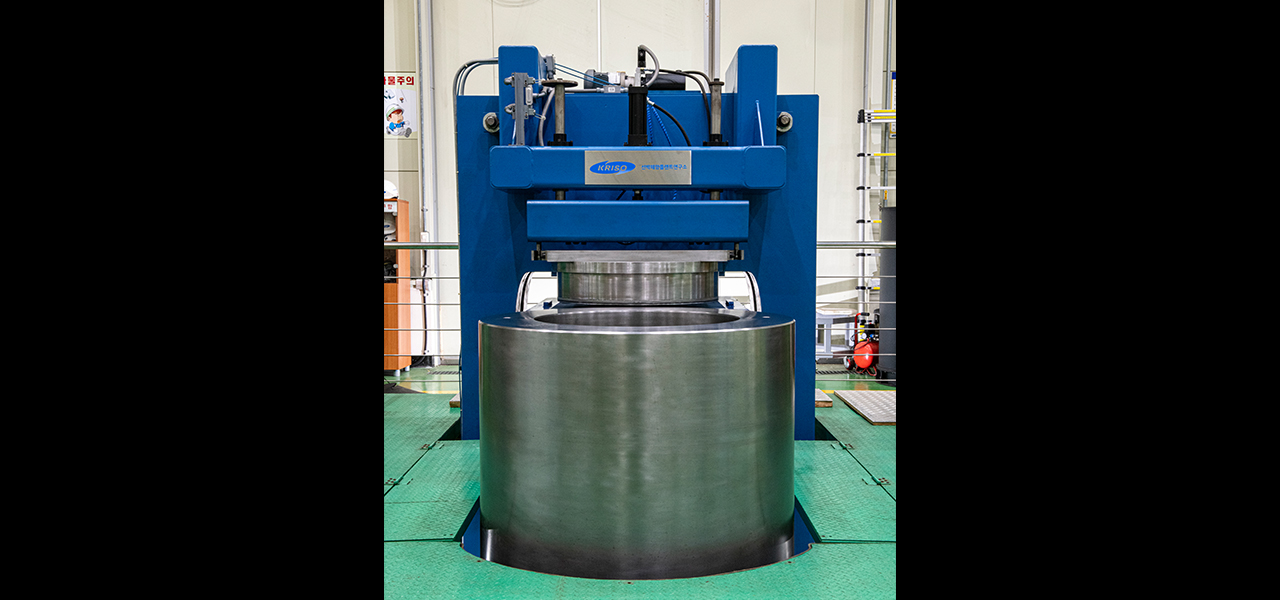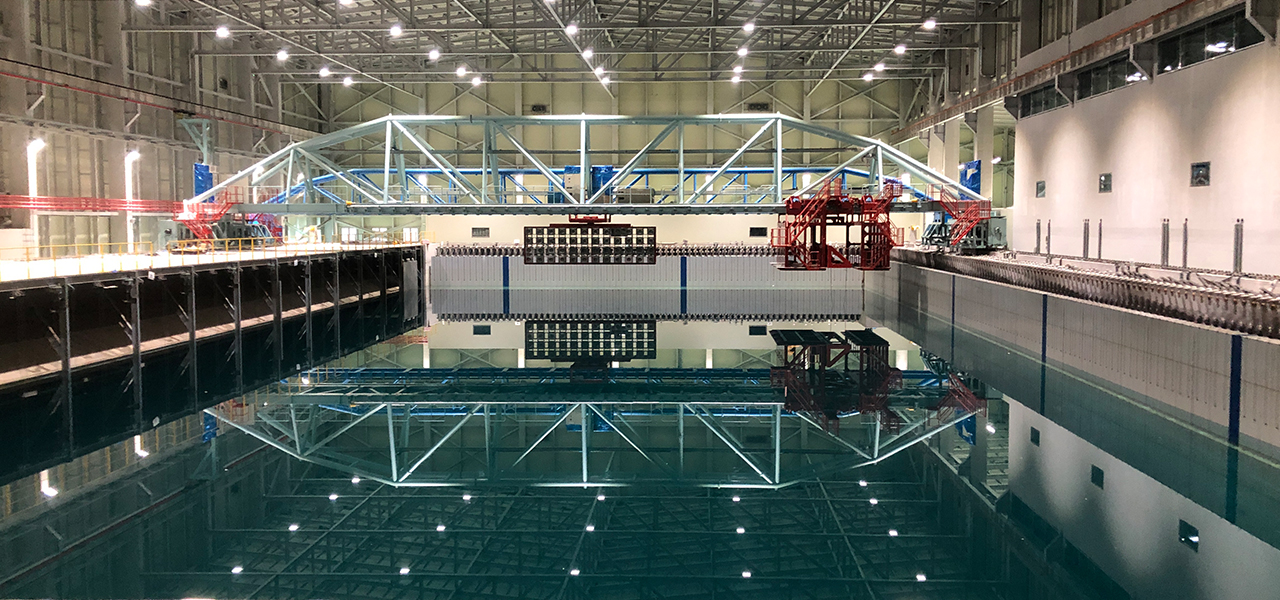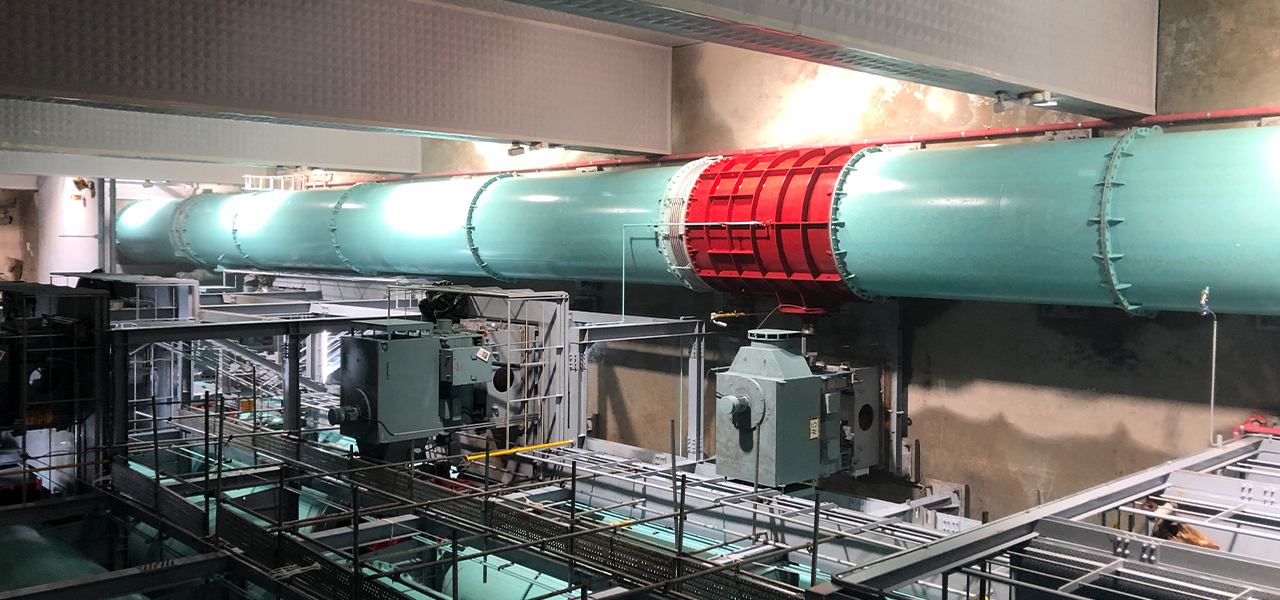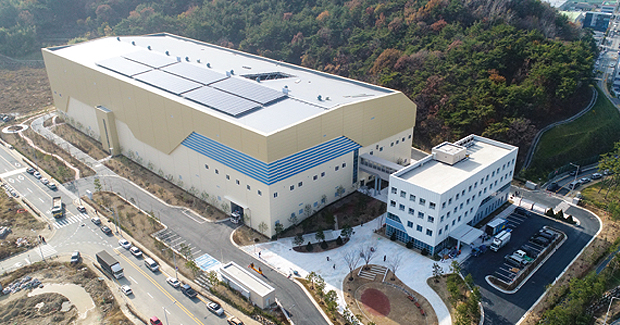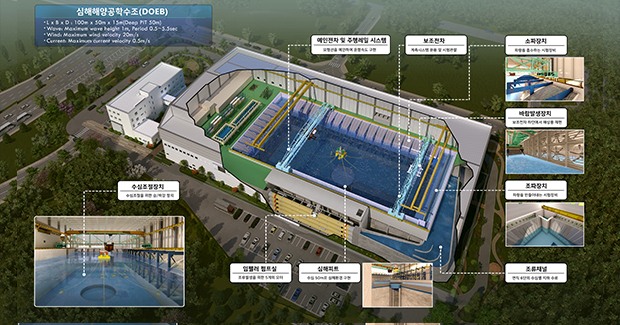- Public water area: 1,040,225 m2
- Grid connection: MW
- Test site: 5 anchorages
|
Main Functions
- On-site performance evaluation of wave energy and floating offshore wind farm gird connection, verification of installation and recovery technology, and optimization of operation
- Providing test-bed for on-site evaluation of maritime equipment and offshore plant technology
Facility and Equipment
- Submarine cable and underwater connector: 22.9 kV/50 ㎡ (3-phase), 600 V/3.5 ㎡ (3-phase), 24 SM optical cable
- Test-bed for on-site evaluation of maritime equipment and offshore plant technology
- Offshore substation facility: VCB board, power monitoring
- Inland substation facility: 5 MW grid connection
-
Control facility and remote surveillance and control system
- Offshore safety control (V-PASS, AIS, X-band Radar, CCTV camera, VHF)
- Facility safety control (electricity, machine, air conditioning)
- Environment monitoring (wave, tidal current and weather data)
- Performing data management (DB server, real-time gateway) etc.
- Customer center: providing residential spaces for customers at each anchorage
- Navigation mark buoy: LL-28 (2 sets)
- Wave and tidal current observation: Waverider (2 sets), ADCP-type wave-height meter (3 sets), etc.
|

 Research Project
{{data.S ? data.S.sum : 0}}
Research Project
{{data.S ? data.S.sum : 0}}

 Patent
{{data.P ? data.P.sum : 0}}
Patent
{{data.P ? data.P.sum : 0}}

 Technology Transfer
{{data.T ? data.T.sum : 0}}
Technology Transfer
{{data.T ? data.T.sum : 0}}

 Thesis
{{data.R ? data.R.sum : 0}}
Thesis
{{data.R ? data.R.sum : 0}}











